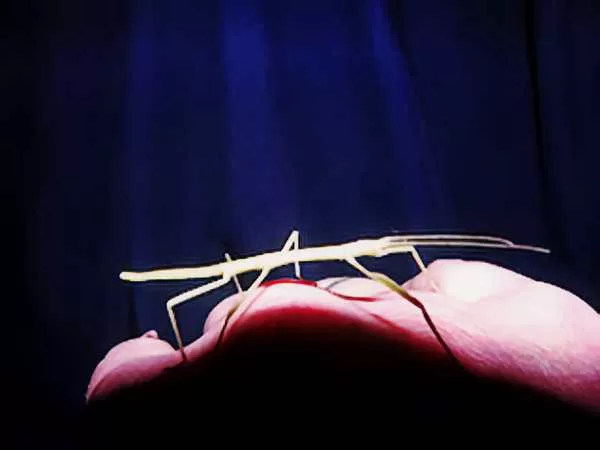Stick insects – those fascinating creatures that resemble their namesake a little too well – have always held a curious charm for me. So, when the opportunity arose to bring a colony home, I couldn’t resist. Imagine my delight when an order of twenty Indian stick insects arrived in the mail this morning, along with some fine mesh I’d snagged on eBay.
Now, my initial plan for the day involved transforming the garden shed. But the arrival of these intriguing insects sparked a detour. Decorations and polishing could wait! These new residents needed a comfortable haven.
First things first – housing. I rummaged through the shed and unearthed two old fish tanks. Visions of stick insect paradise danced in my head! One tank, I decided, would be perfect for the future adult locusts, while the larger one would be a haven for the stick insects. Floor space wasn’t a major concern, but height was crucial. Remember, these masters of camouflage like to hang upside down when they shed their skin, and they need at least four times their body length to do so comfortably. Adult Indian stick insects reach a respectable ten centimeters, so that translates to a minimum of 40 centimeters. The bigger tank, thankfully, ticked that box.
Next came the DIY magic. Pine strips were cut to size, and with a generous helping of glue and strategically placed pins, I transformed the tank lids into breathable mesh havens. It wasn’t a race, but patience was key – each layer of glue needed to dry completely before the next could be applied.
For those of you curious about stick insect accommodations, there’s good news! While fancy “insect homes” entice you from pet shop shelves, you can create a perfectly comfortable habitat without breaking the bank. Garden centers offer plant propagators at a fraction of the price. In fact, I recently scored a fantastic one for a mere four quid at B&Q! Compare that to the hefty £19 I saw for a similar-sized vivarium at a pet shop – practically highway robbery!
Now, about the new arrivals. These beauties are Indian stick insects (Carausius morosus), old friends I’ve had the pleasure of keeping before. They hail from the Palmi hills in southern India and are considered one of the easiest stick insects to care for. They tolerate room temperature but require good ventilation – moisture buildup can lead to mold, something we definitely want to avoid.
While handling them is tempting, I try to minimize it to avoid stressing them out. And when it comes to their diet, they’re not particularly picky eaters. Ivy, bramble, privet – all make their menu. They seem open to exploring other options too, with occasional nibbles on raspberry leaves, firethorn, oak, and even lettuce! Keeping them hydrated is important, so a gentle spray with tepid water twice a week does the trick, but be careful not to drown them! Cleaning out the droppings every ten to fourteen days ensures a hygienic environment.
Speaking of space, providing plenty of tall vegetation is crucial. These climbers need room to stretch and explore their world. Here’s a fascinating fact – stick insect populations are predominantly female. Males are a rare sight! But that doesn’t stop them from flourishing. Females have the remarkable ability to reproduce asexually (parthenogenesis) – a neat trick also shared by Komodo dragons, no less! These prolific procreators can lay three or four eggs a day, with a single female potentially laying up to a hundred in her lifetime, which can span roughly a year. The dark-colored, slightly ridged eggs resemble tiny plant seeds and take anywhere between six to twelve months to hatch, with the nymphs growing quickly. But remember, gentle handling is key – a soft paintbrush is your best friend when dealing with these delicate babies.
And finally, to end on a lighter note, a riddle for you: what is brown and sticky? Answer: A stick, of course! But don’t be fooled by their name – these captivating creatures offer a fascinating glimpse into the wonders of the insect world.
So, there you have it! My unexpected journey into stick insect keeping. Who knew a simple online order could spark such a fun and informative adventure?

